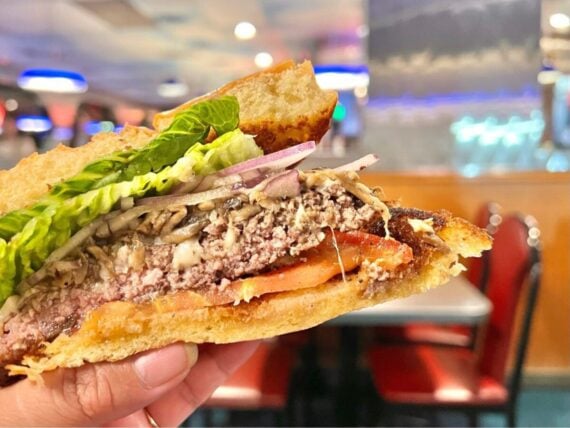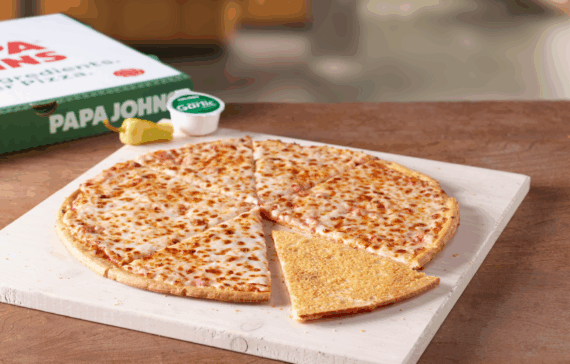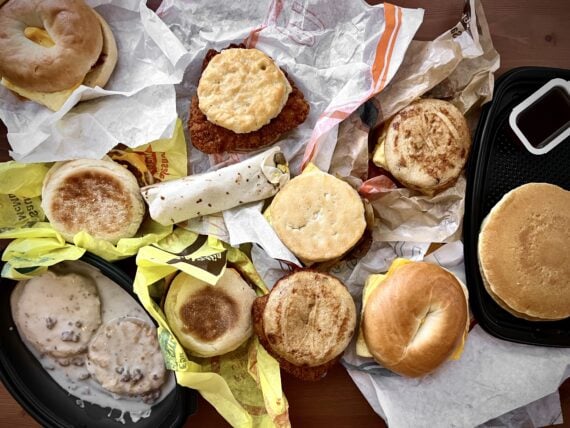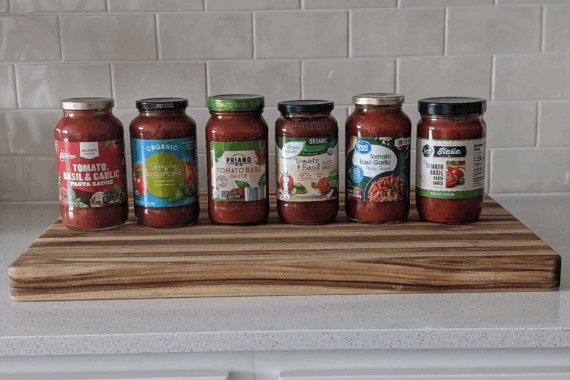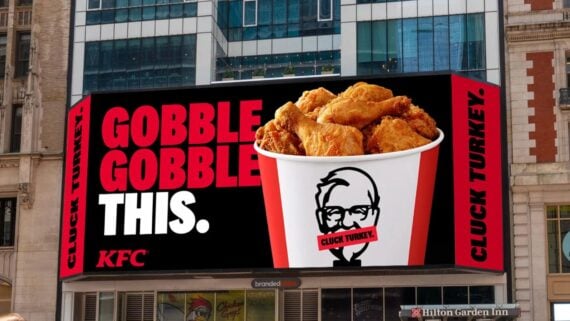There’s plenty to love about a diner. Your standard diner will have all your bases covered for comfort food and an encyclopedic menu. It’s easy to get lost in the excitement that goes into ordering pretty much whatever you can dream up when going to eat at a diner.
However, there are certain foods that you will never regret steering clear of when eating at less reputable diners. It can boil down to assessing the risks vs. the rewards. It’s all well and good to want to satisfy a seafood craving, but is it worth giving yourself a gnarly case of food poisoning in the process? Nope.
While there are lots of excellent diners that go above and beyond to bring you fresh and delicious food, there are also plenty that cut corners on certain dishes. Here are 12 foods that you should never order at a diner that doesn’t have a sterling reputation.
Pasta
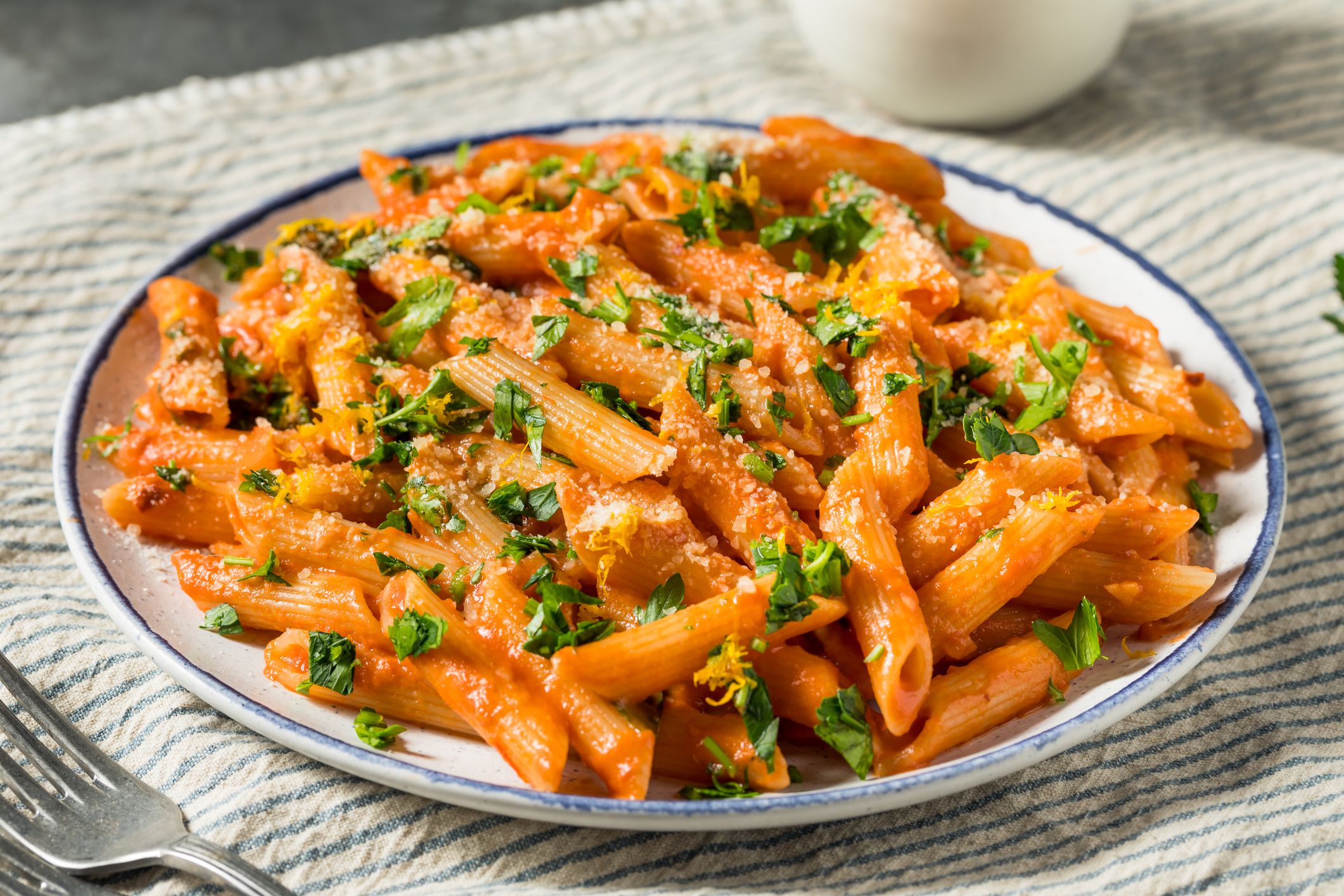
Caving in for the solid carb load of a bowl of pasta is understandable on occasion. However, unless it’s a specialty, your typical diner isn’t necessarily going to serve the tastiest bowl of pasta with in-house-made sauce. Instead, many diners rely on mass-produced canned sauce. From there, it’s just a matter of whether you’re okay with paying the inflated restaurant price for a disappointing dish you could cook for much cheaper back at home.
Soup or Chili
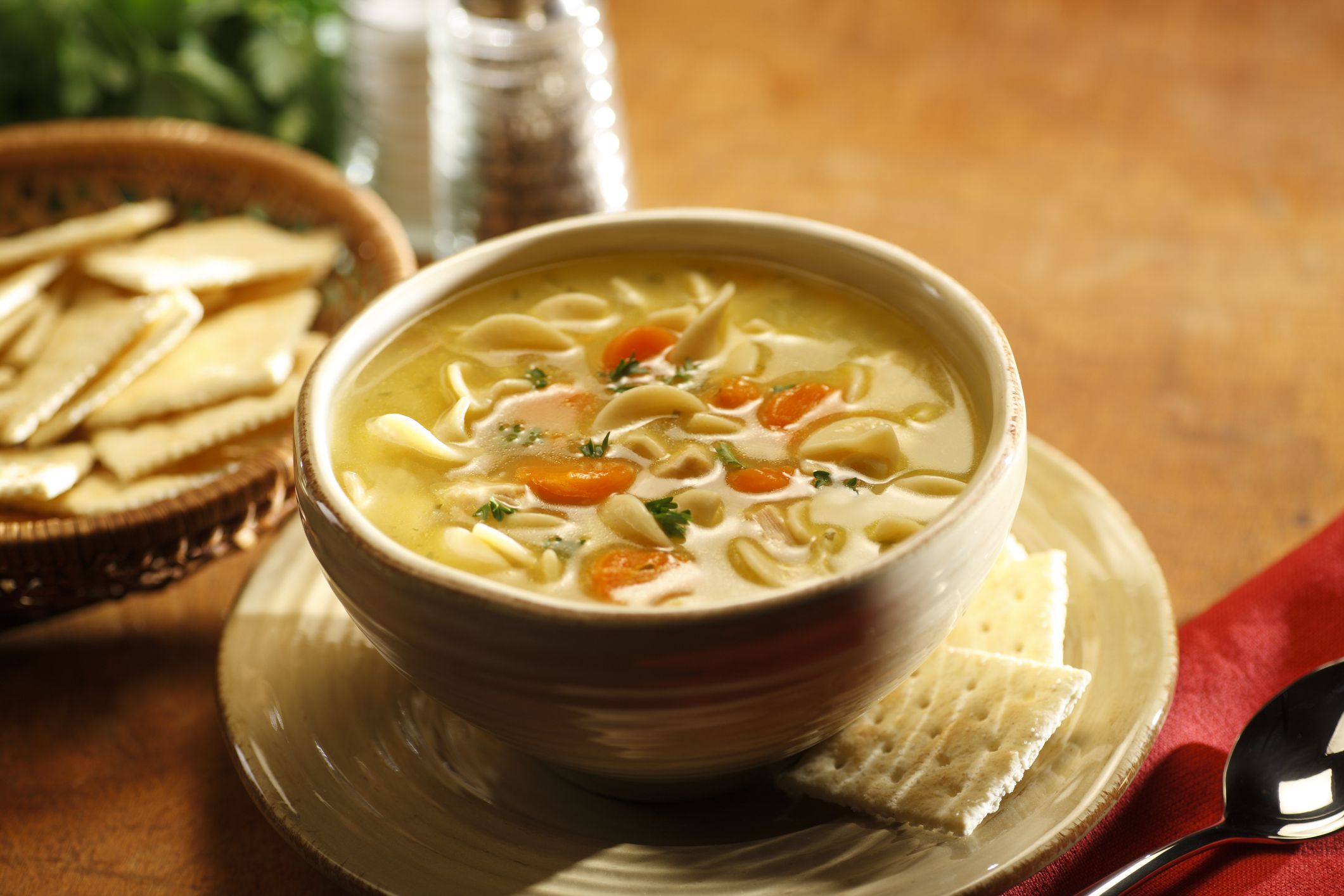
Similar to pasta dishes, some diners often use industrially produced cans of soup or chili. The amount of time and effort required to make a new soup or chili from scratch simply isn’t worth it for your average diner (unless, of course, they’re known for their excellent housemade chili). So, save yourself money and disappointment by opting for something else on the menu that’s likely to be fresher and tastier.
Salads
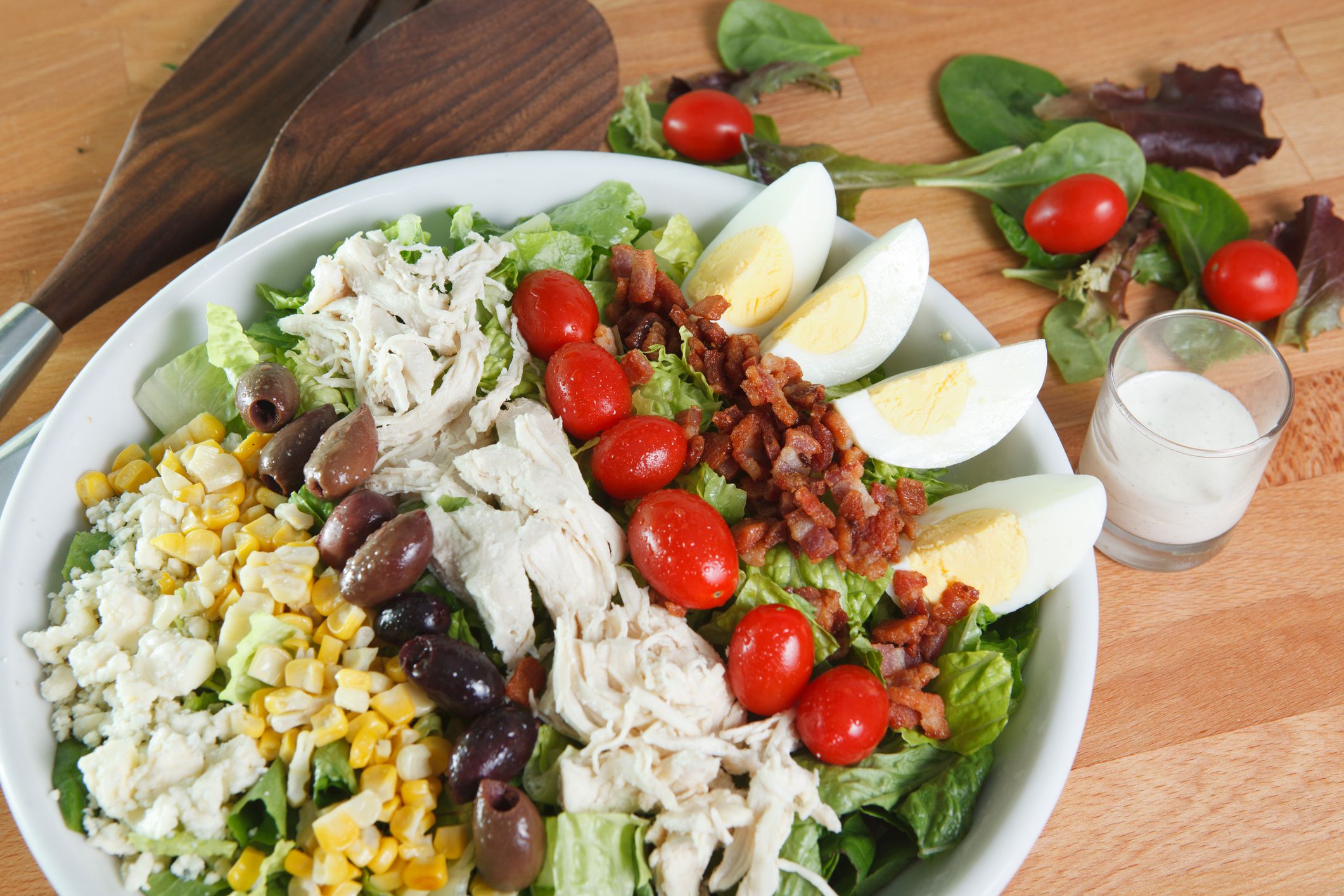
Some diners aren’t exactly known for dishing out tasty salads. Instead, what you’ll encounter is a mountainous portion of hastily put-together and sad-looking greens and veggies that are buried beneath bland, straight-from-the-giant-jug dressing. You’re much better off opting for a salad at a restaurant that takes its time with the process and ingredients, or better yet, making your own salad at home.
Alfalfa Sprouts
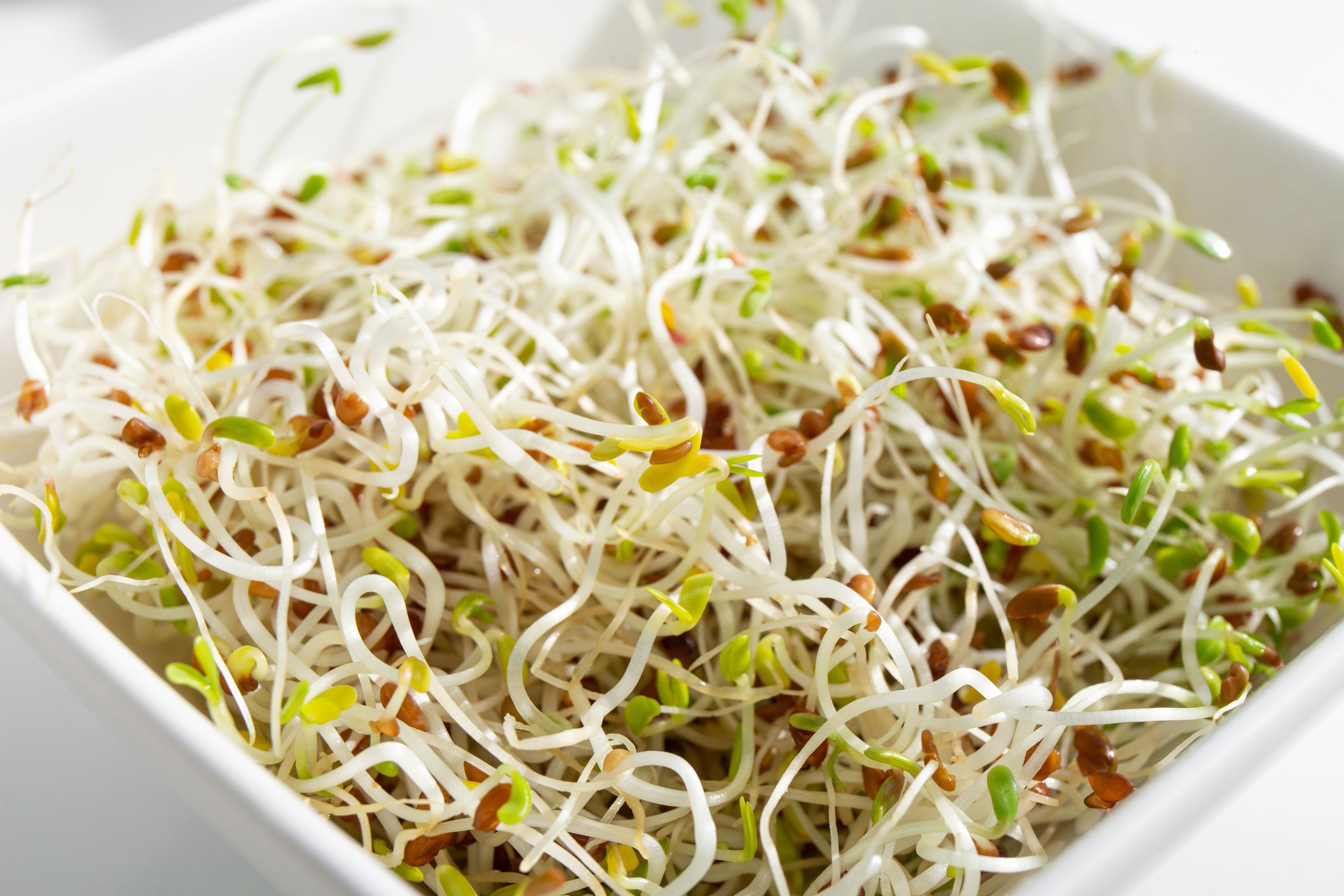
Raw sprouts are a notorious source of foodborne illnesses, including Salmonella, E. coli, and Listeria. Sprouts grow best in warm, humid conditions, which are also ideal for microorganisms to thrive and multiply rapidly. The seeds that are sprouted can potentially become contaminated at multiple points during the harvesting and germination periods. Because they’re typically served raw or lightly cooked, they can easily make you sick.
For example, in December 2022, the U.S. Food and Drug Administration conducted an investigation that determined a Salmonella outbreak was directly linked to alfalfa sprouts sold in stores and served at restaurants. So, best to steer clear of those alfalfa sprouts whenever you encounter them on a diner menu.
Scrambled Eggs
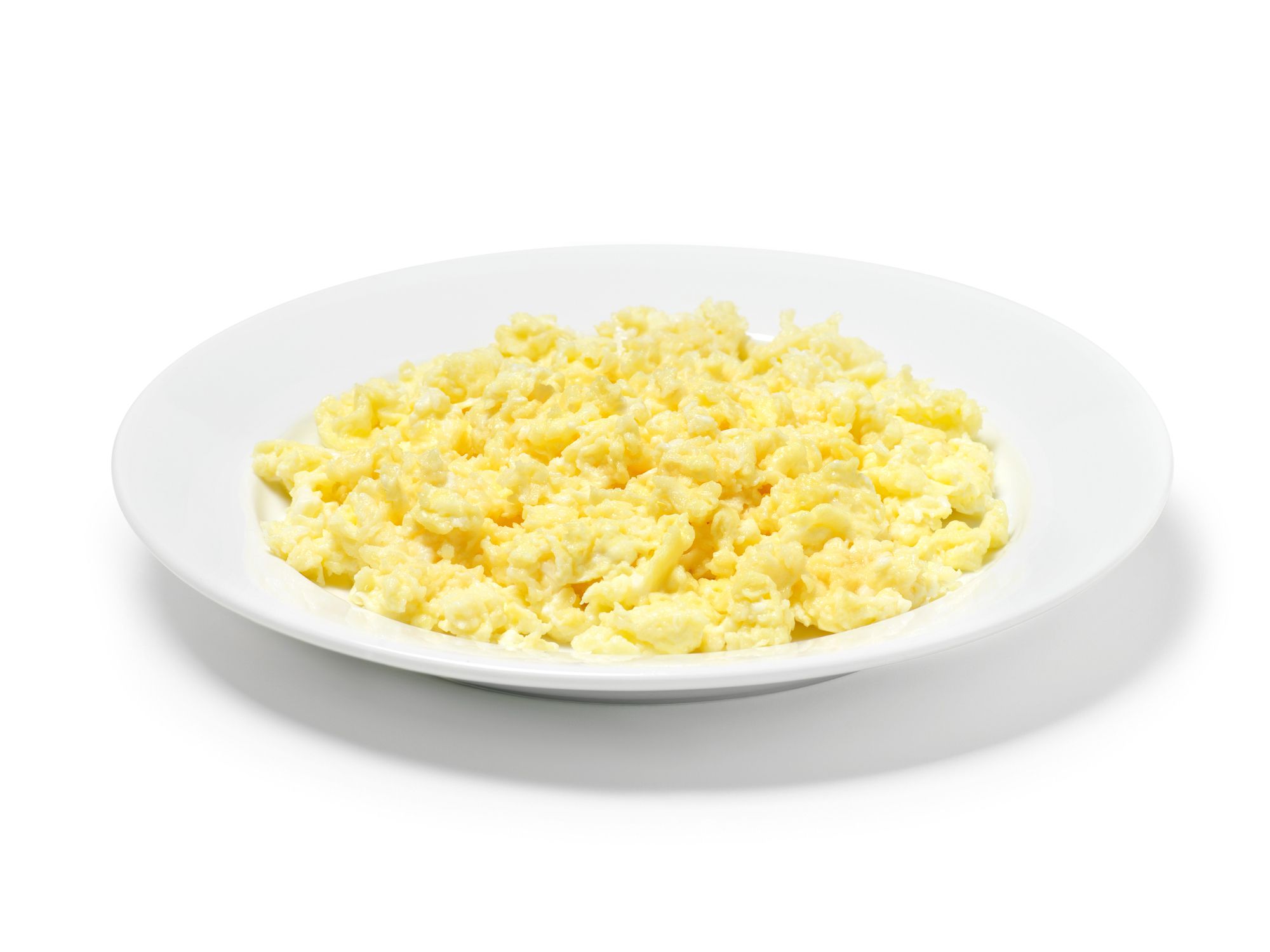
Okay, this one may seem counterintuitive, given the popularity of diners for breakfast items, but scrambled eggs have made this list for a reason. Some unscrupulous diners will opt for the much cheaper and time-efficient option of serving scrambled eggs made from powder. If you’re indifferent to whether or not your scrambled eggs came from a powder (which are technically real eggs, just dehydrated), then carry on. You should also note that powdered egg mixes can sometimes carry many additives, including gluten. If you’re gluten intolerant, that right there could be the dealbreaker.
Trending on Cheapism
Poached Eggs
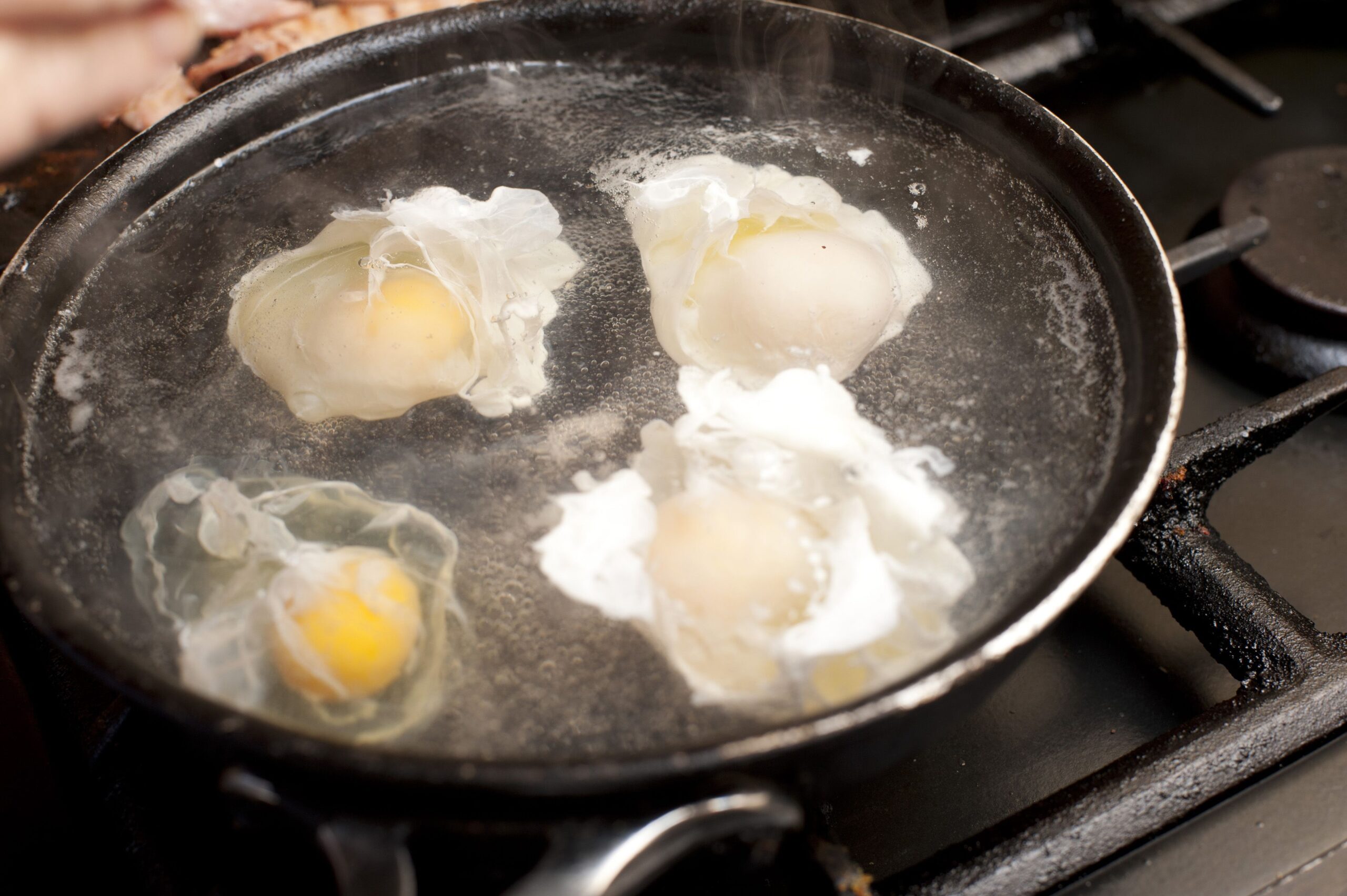
Although technically most diners will let you customize to your heart’s content, an order of poached eggs can really bring the kitchen team down in a major way. If a busy diner is already in the weeds, the prep for a poached egg is probably a soul-crusher for any line cook.
We’re talking about 3-5 minutes for water to boil, a spot in a pan taken up, and breakfast order backups. Be kind to your cooks, and skip the poached eggs.
Cream Pastries
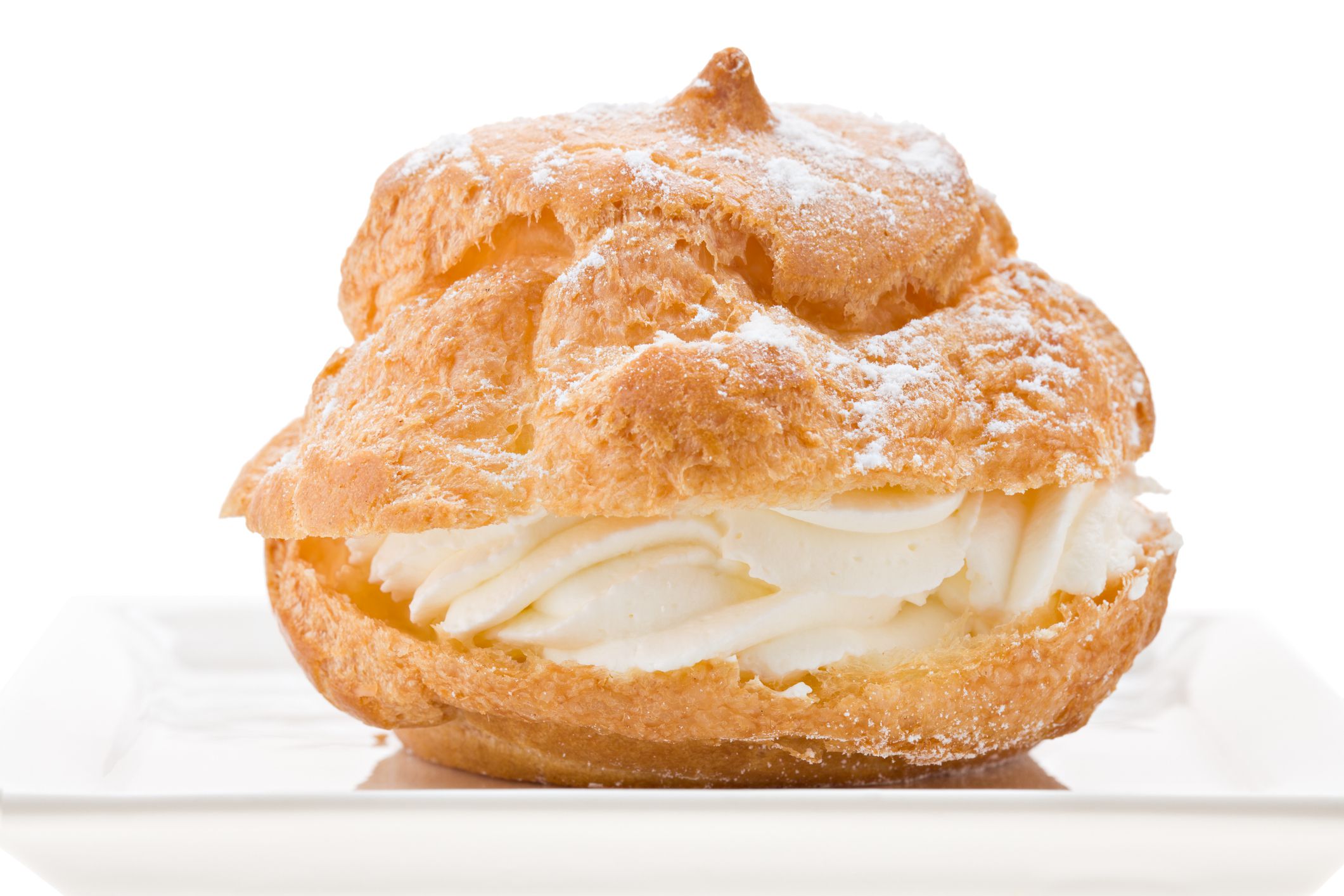
Cream-filled pastries and puddings are a well-loved dessert at diners, but the cream can potentially be contaminated with S. aureus, or as it’s more commonly known, staph food poisoning. The CDC reports that foods that aren’t cooked after they’ve been handled (including pastries and puddings) are at a heightened risk for staph poisoning.
There was a notable outbreak of S. aureus that occurred at an Illinois bakery years ago, when 100 people became ill after eating desserts at a restaurant and attending catered parties. Upon the conclusion of an FDA inspection, it was determined that the baker had failed to properly clean and sanitize the equipment used to make the desserts. It was also determined that the cream-filled desserts were being stored at unsafe temperatures, which contributed to the acceleration of bacterial growth.
Seafood Dishes
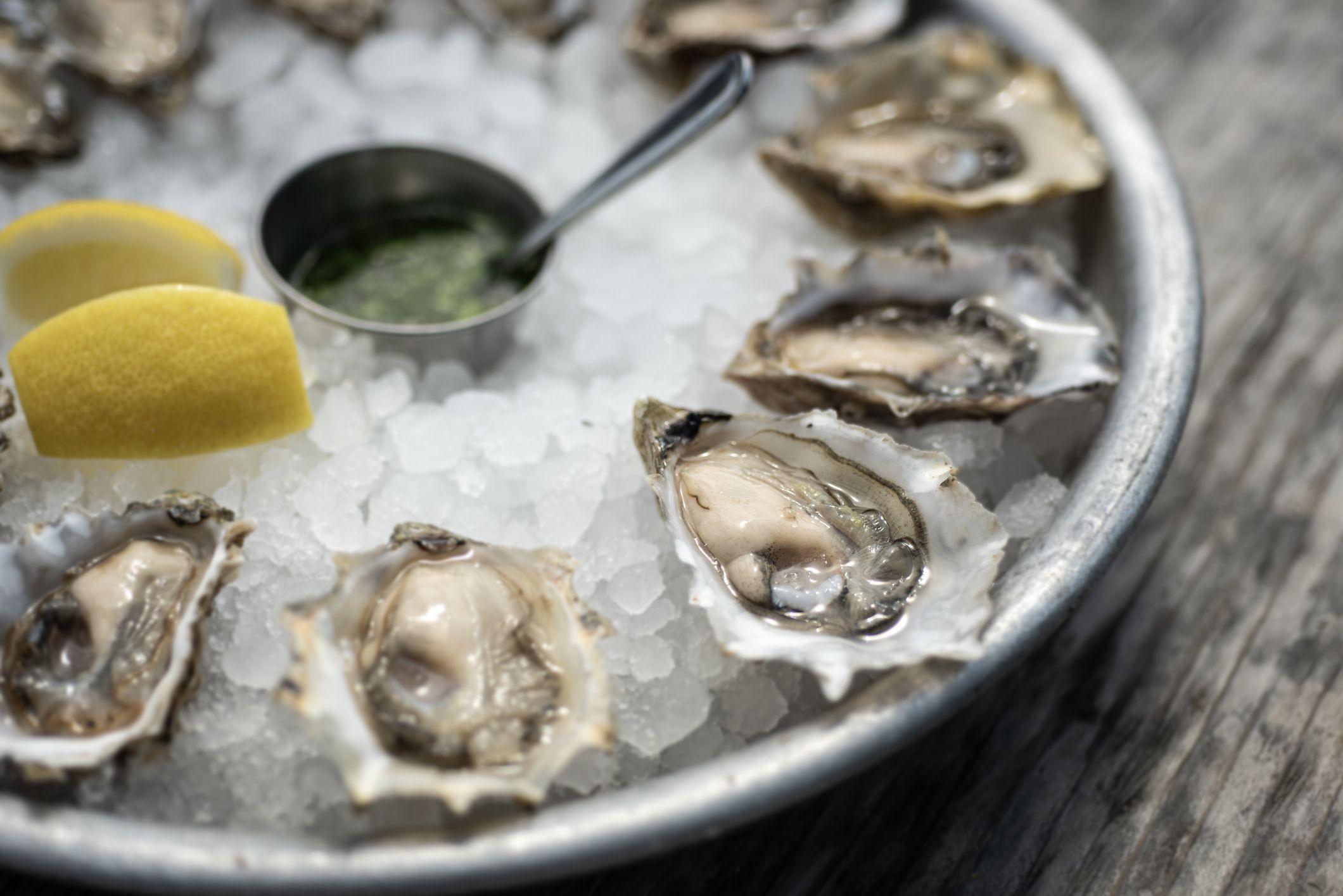
It’s a good idea to be cautious when consuming raw or undercooked seafood, such as oysters, when dining out, especially at a diner that doesn’t specialize in seafood. The CDC advises against eating raw oysters as they can be contaminated with Vibrio bacteria, which can lead to vomiting and diarrhea or more severe and deadly illness in some cases. The CDC also points out that oysters contaminated with Vibrio do not smell, look, or taste any different from uncontaminated oysters, and no amount of hot sauce, lemon juice, or alcohol will counteract the bacteria. The safe bet is to opt for cooked seafood.
Sign up for our newsletter
Burgers
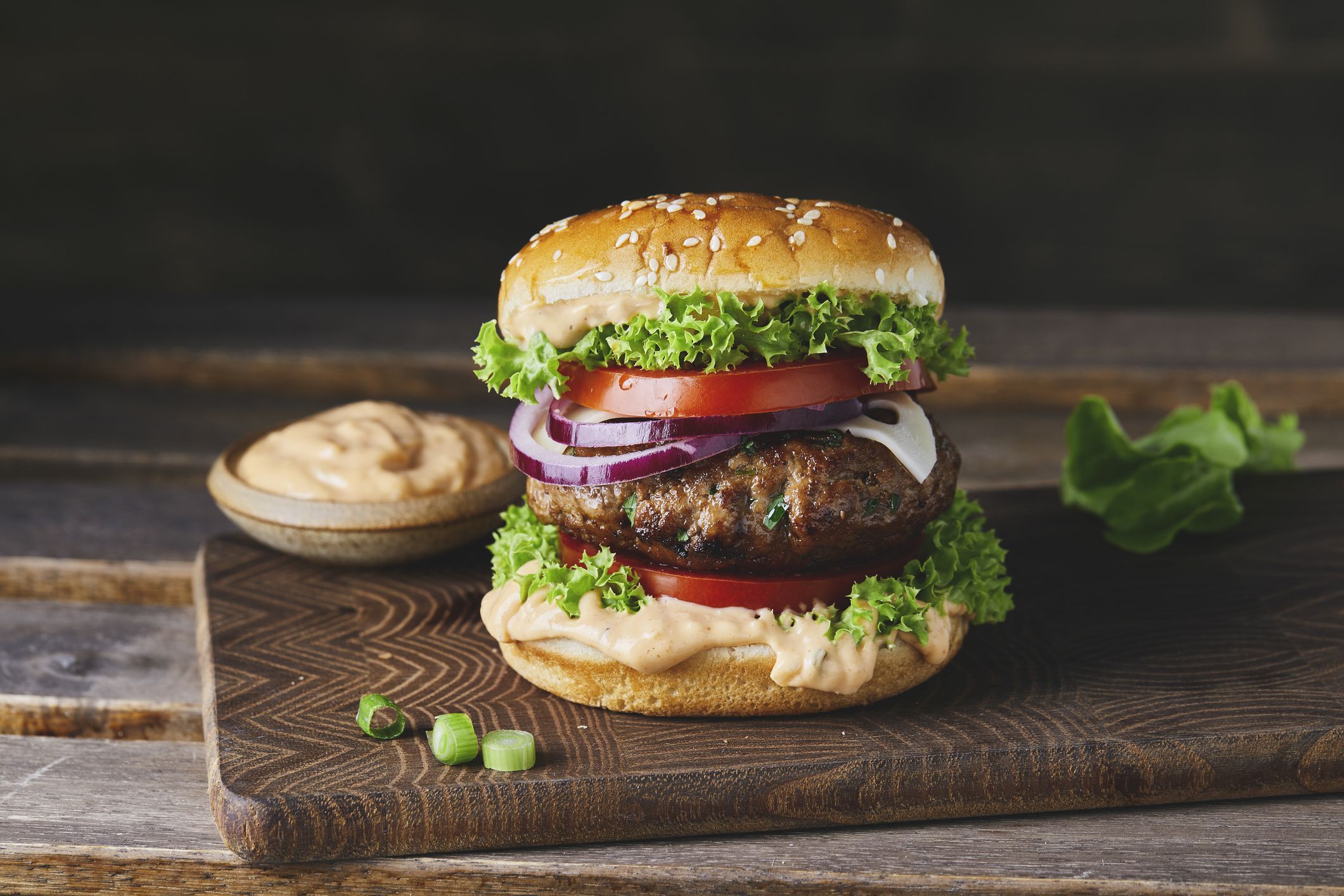
The biggest risk you take when ordering a burger at a diner is that the meat may be undercooked, which increases the risk of foodborne illness. Consumer Reports bought 300 packages of ground beef, and then tested them for the five most common types of bacteria.
In every sample, they observed fecal contamination, including E. coli. Twenty percent of the samples contained C. perfringens, which can cause food poisoning. Meanwhile, 10 percent of the samples contained S. aureus bacteria. This particular kind of bacteria can’t even be killed off when it’s been cooked. Lastly, one percent of the samples tested positive for Salmonella. All of that alone should be enough to make you think long and hard about opting for that diner burger next time.
Meatloaf
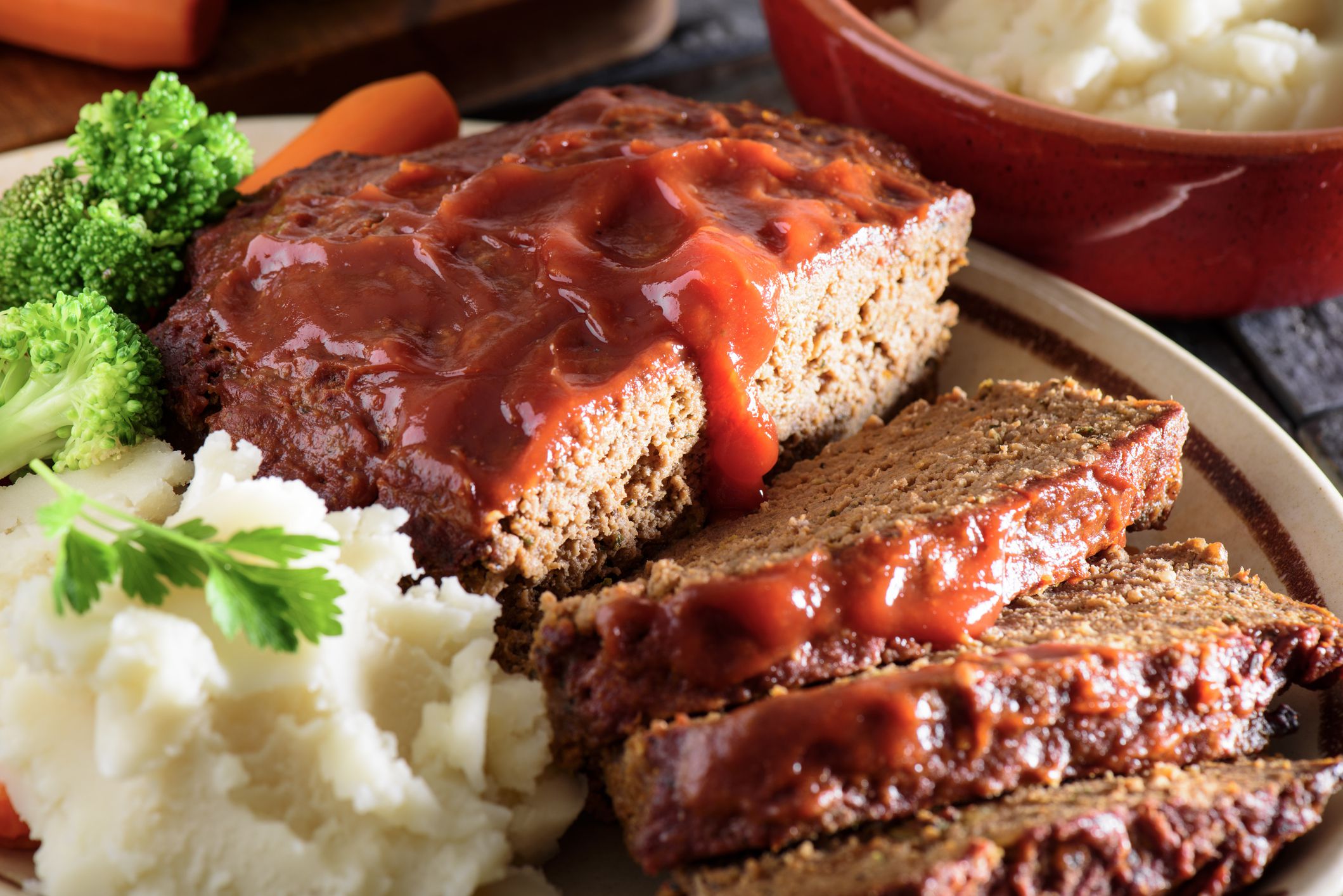
We get it. Meatloaf is another one of those comfort foods that can hit the spot when your appetite has soared to heroic levels. However, just as it can be risky to order a burger from a bustling diner that might not properly cook the meat, so too can ordering meatloaf. Factor in how meatloaf is generally much thicker, and you have a potential recipe for a case of the old foodborne illness.
Deli Sandwiches
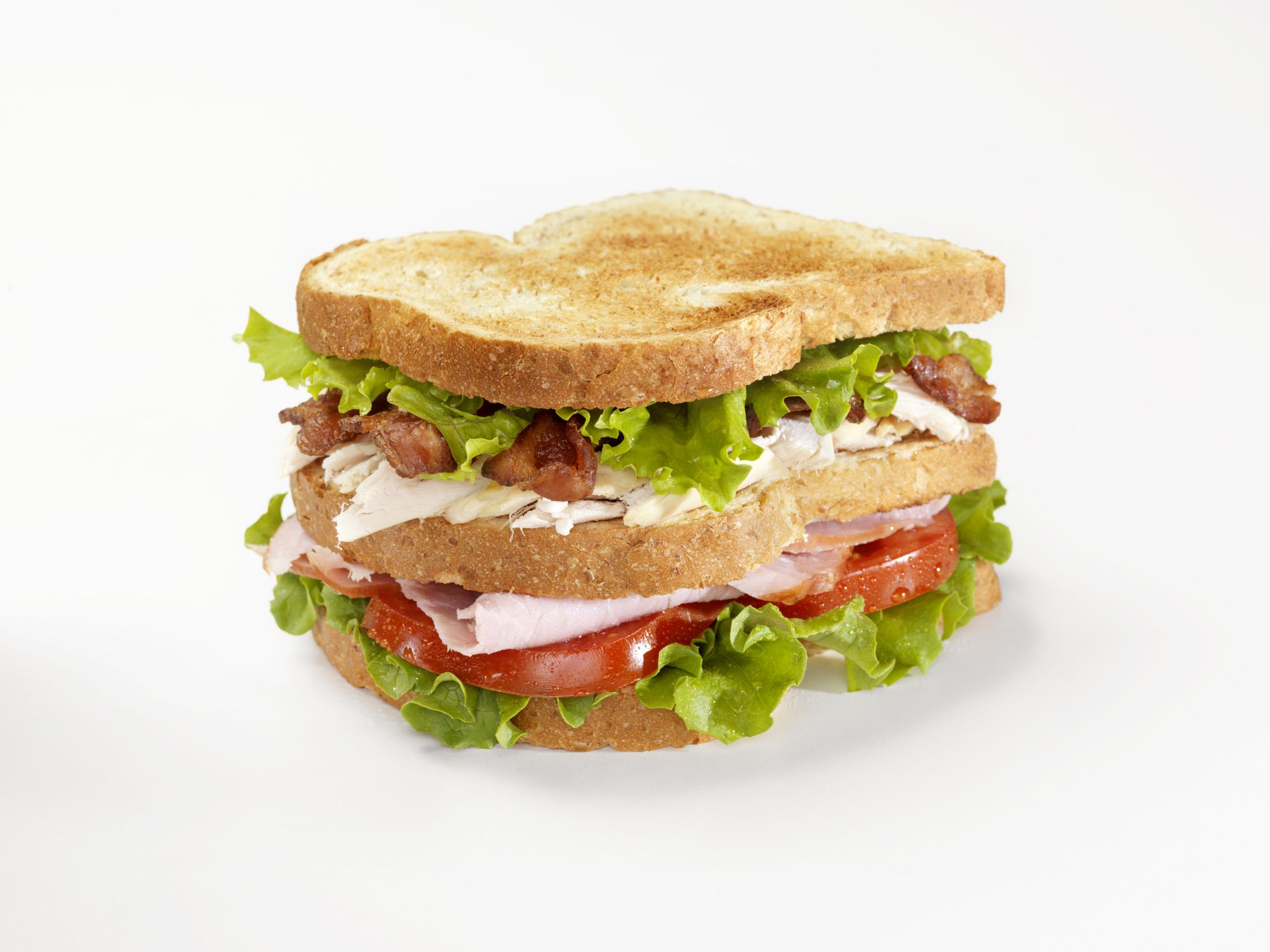
The biggest problem with opting for a deli sandwich from a diner is that you might end up with a deli sandwich that was assembled days ago or, at the very least, made from subpar ingredients. If you care about enjoying a fresh meal with ingredients that haven’t been lying around for too long, you’re much better off steering clear of the typical diner’s deli sandwich offerings.
More Diner Stories From Cheapism
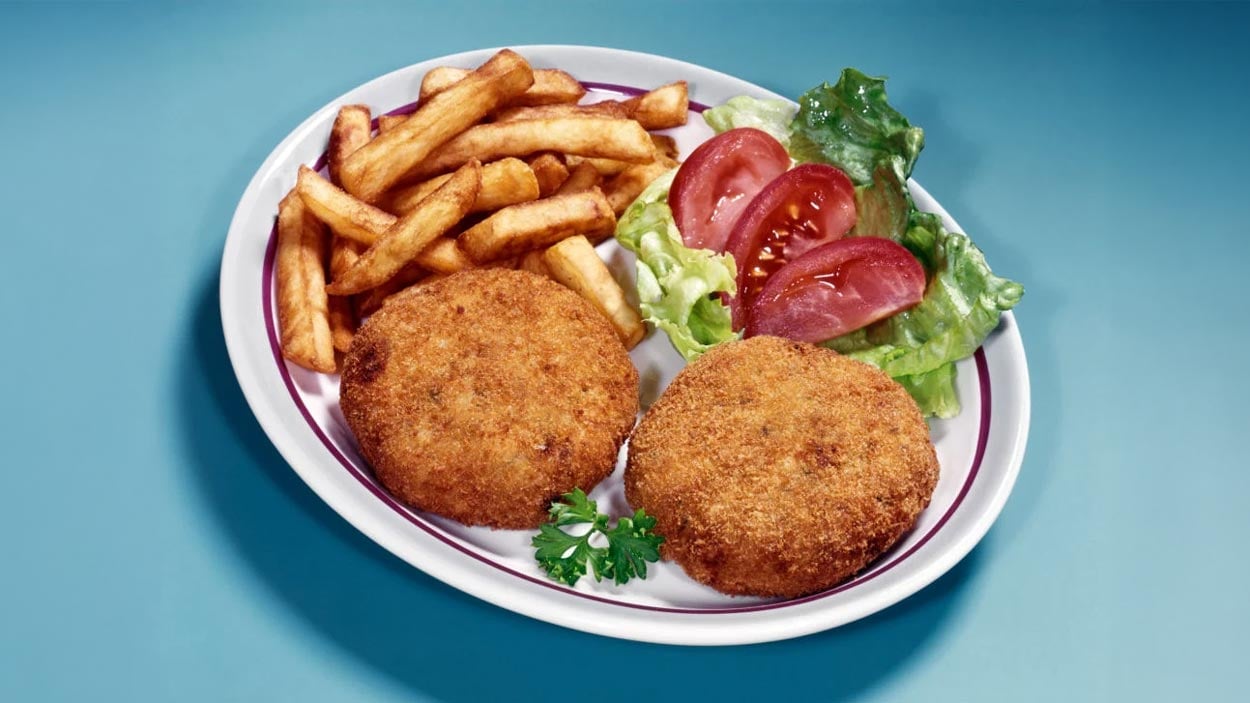
- 13 Old-School Diner Foods That Vanished From Menus — You can still find diners all over America — but good luck finding half the stuff they used to serve.
- The Most Charming Retro Diners in Every State — Some diners have stood the test of time, keeping customers coming back for decades.
- Vintage Photos of Diners in the 1970s — Feeling nostalgic for diners of the past? Jump into the time machine and take a look at these vintage photos of a bygone era.
